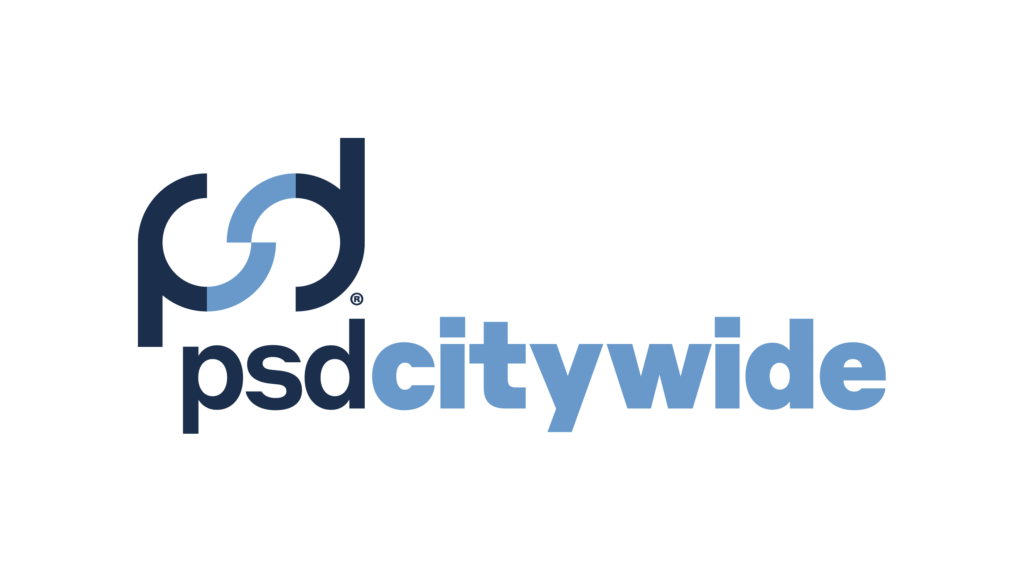We are all familiar with Goldilocks and her encounter with the Three Bears, the classic 19th century fairy tale told to our young ones. Goldilocks enters an empty house and is presented with three bowls of porridge. One big bowl, seated in front of a large chair, is much too hot for Goldilocks. Beside it, a soft chair and small bowl is too cold for her liking. The third bowl is neither too hot, nor too cold for Goldilocks; it is “just right.” This cautionary tale can teach us, among other lessons, how to discover what is “just right” – not too hot, not too cold; not too large, not too small.
Grownups should also pay attention to what is “just right,” especially when it comes to managing municipal levels of service. We can replace the phrases “too hot” and “too cold” with, “overdelivering a service” and “underdelivering a service.” Finding a level of service that is “just right” requires us to understand our infrastructure services and define what we are delivering. What it does not require is an encounter with three hungry bears.
Municipalities maintain complex networks of assets responsible for serving us in many ways, whether those be roads that get us to and from work, or water pipes used to brew our morning coffee. Anyone that has experienced water outages, rough roads, or unkept playground equipment knows the service is just not right. Municipal service providers also know that preventing outages and fixing bumpy roads comes at a cost. Finding what is “just right” for municipal services may be more complicated than a bowl of porridge but is not entirely impossible. A municipal levels of service framework is a methodology we can use to determine what kind of service truly meets the wants and needs of its users, while still being manageable by service providers.
Municipal levels of service is an internationally recognized concept, employed across a variety of sectors around the globe. The International Standards Organization’s ISO 55000 defines levels of service as the “parameters, or combination of parameters, which reflect the social, political, environmental and economic outcomes that the organization delivers.” Simply stated, levels of service rely on data, accounting for costs and customer feedback, on what is an acceptable service.
Municipal levels of Service can be used as a framework to track data over time and assess how well you are meeting the needs of your customers within budgetary and other constraints. By tracking data over time, decision-makers have evidence to support key concerns regarding service delivery, rather than a “gut feeling” or “perceived” customer preference. Data indicating the increasing time of service outages, or increased number of customer complaints, can clearly demonstrate that new strategies need to be undertaken.
For municipalities to understand how they can quantify and start tracking their levels of service, we must break it up into simpler digestible pieces. To provide municipal services at an acceptable level, staff need to balance the cost of providing that service with the quality or performance of that service and the risks associated with the service.
Think of levels of service as a spinning top that is kept in stable motion by three equidistant points: the cost, performance, and risk. If one of these points fluctuates for whatever reason, the spinning top will likely lose its balance and topple over. Take, for example, the rideability of your roads as a level of service that you want to improve. To keep the top spinning and to be able to continue providing that level of service to the public, you will have to increase the cost on the tax-payer as you improve on the performance (rideability in this case). At the same time, you are lowering your risk (liability, fatality, etc.) which then keeps your top spinning in balance. Conversely, maybe we cannot increase taxes to fund all desired road maintenance, so we can reduce cost at the expense of performance (e.g. unkept roads), and risk (liabilities due to increased likelihood of accidents).
Managing levels of service is about understanding the trade-offs and compromises that need to happen with the cost, performance, and risk in order to keep all three pieces of the spinning top balanced. These compromises should take into account the strategic goals of the municipality, the expertise of staff, and the desires of community stakeholders. Every community is unique, and it is up to service providers to be aware of what influencers are shaping public expectations.
However, sometimes there are expectations or circumstances that constrain the type or extent of levels of service a municipality can or should provide its community. There are internal and external challenges that impact how well a municipality provides reliable infrastructure services. A common challenge facing many municipalities is the vast number of aging infrastructures and assets that were all built around the same time that are deteriorating at an increasing rate and need to be replaced or rehabilitated. This challenge goes hand in hand with the challenge of budget constraints and financial feasibility to maintain, rehabilitate, replace, or even acquire assets that impact your level of service.
Maximizing performance and minimizing cost and risk is more approachable using a Levels of Service framework. This can be done by carefully considering which metrics to track. Considerations should include the service expectations, data availability and accuracy, and ability to demonstrate trends valuable to decision-making.
Other more social challenges include the expectations of the public and their desire for certain levels of service that may be unattainable for their municipality. The recent COVID pandemic and #workfromhome culture has encouraged people to move from dense urban areas to more rural settings, however, these people may bring with them urban expectations of a tightly connected transportation network. Those that do not need to commute vast distances each day may value pristine local roads over maintaining vast inter-community rural networks.
The rise of social media does not help to assuage these expectations as people share and compare the services they have in neighboring municipalities. Municipal staff are tasked with balancing the requests and expectations of the public with the reality of available funding, resources, and time. Staff juggle the cost, performance, and risk of these services to establish the appropriate, and more importantly, sustainable desired levels.
These examples clearly illustrate the complexity of public expectations and the need to understand and balance the competing demands among service users and external constraints. Better decisions can be made – whether that is re-prioritizing which roads receive regular maintenance, which facilities extend operating hours, or what kind of tax increase may be justified.
Maximizing performance and minimizing cost and risk is more approachable using a Levels of Service framework. This can be done by carefully considering which metrics to track. Considerations should include the service expectations, data availability and accuracy, and ability to demonstrate trends valuable to decision-making.
For Ontario municipalities, levels of service tracking should also accommodate requirements of O. Reg. 588/17: Asset Management Planning for Municipal Infrastructure. Within the regulation are requirements for municipalities to develop asset management plans and document the levels of service. Specifically, the regulation requires municipalities to track community levels of service (qualitative descriptions) and technical levels of service (technical metrics).
The regulation recognizes levels of service should be documented in a way that both is relatable to customers using the service (community levels of service) and municipal staff managing infrastructure at a technical or strategic level (technical levels of service). Including these mandated metrics is a good starting point for municipalities to develop their own metrics. Categorizing metrics as either community-facing or technical-facing can better bridge the gap between what the customer experiences and what is done at an operational or asset level.
To track your municipality’s levels of service, you must first define the core values of the public, often informed by a variety of influencers. Values may include affordability, accessibility, health and safety, etc. These guiding principle values will dictate the services you start tracking. From there, municipal staff should come together to establish the community and technical levels of service metrics they want to start tracking.
Modeling after the O. Reg. 588/17 approach, a line of sight between the customer experience and municipal operations can be established by two tiers of metrics. Community levels of service metrics are the simple qualitive descriptions or images that explain the service. This can include maps of the municipality’s road network for example, or a description of the safety/compliance of playground assets that the municipality maintains. Technical levels of service are the quantifiable metrics that staff would be able to track regularly and report on. In the case of the playground assets’ safety, a technical metric could be the percentage of municipal playgrounds that are in compliance with AODA standards.
Once you have defined your community and technical levels of service, you will need to track and document them on a regular cycle in order to accumulate enough information on their trend and how they are being affected. Over time we may see that the number of water main breaks is increasing. This trend, though worrisome, provides service providers justification to undertake new strategies to manage water main breaks. Interestingly, this number of water main breaks may not be exceeding the established target, indicating this is a problem that can be investigated in the near future.
MAI ABDOU, B. ENG., EIT is an Asset Management Consultant at PSD Citywide, engaging with clients throughout asset management program development initiatives. Mai has over six years of combined engineering and asset management experience in both the municipal and private sector.
JORDAN GONDA P. ENG. is an Asset Management Consultant at PSD Citywide, helping municipalities develop asset management programs. Jordan has spent over six years across the private and municipal sectors in fields of asset management, construction management, and research. Jordan holds a Master’s degree in Civil Engineering from the University of Saskatchewan and is a licensed Professional Engineer (P. Eng.) in the province of Ontario.



